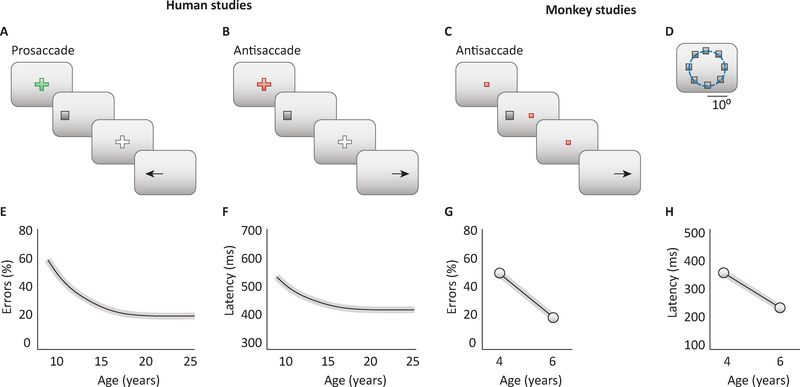Figure 1. Antisaccade behavior in humans and nonhuman primates.
A-B. Trial structure of the prosaccade (A) and antisaccade task (B) in human studies. C. Task trial structure in the antisaccade task in monkey studies. D. Possible locations of the stimulus in the monkey AS task. E. Percentage of errors in antisaccade task is illustrated schematically as a function of age for humans tested across a range of ages. F. Response latencies in antisaccade trials as a function of age. G. Percentage of errors in AS task as a function of age, for monkeys tested at two time points of maturation, in adolescence and adulthood. H. Response latencies in monkeys as a function of age. Panels of human studies based on results from [6]; monkey studies from [32].

